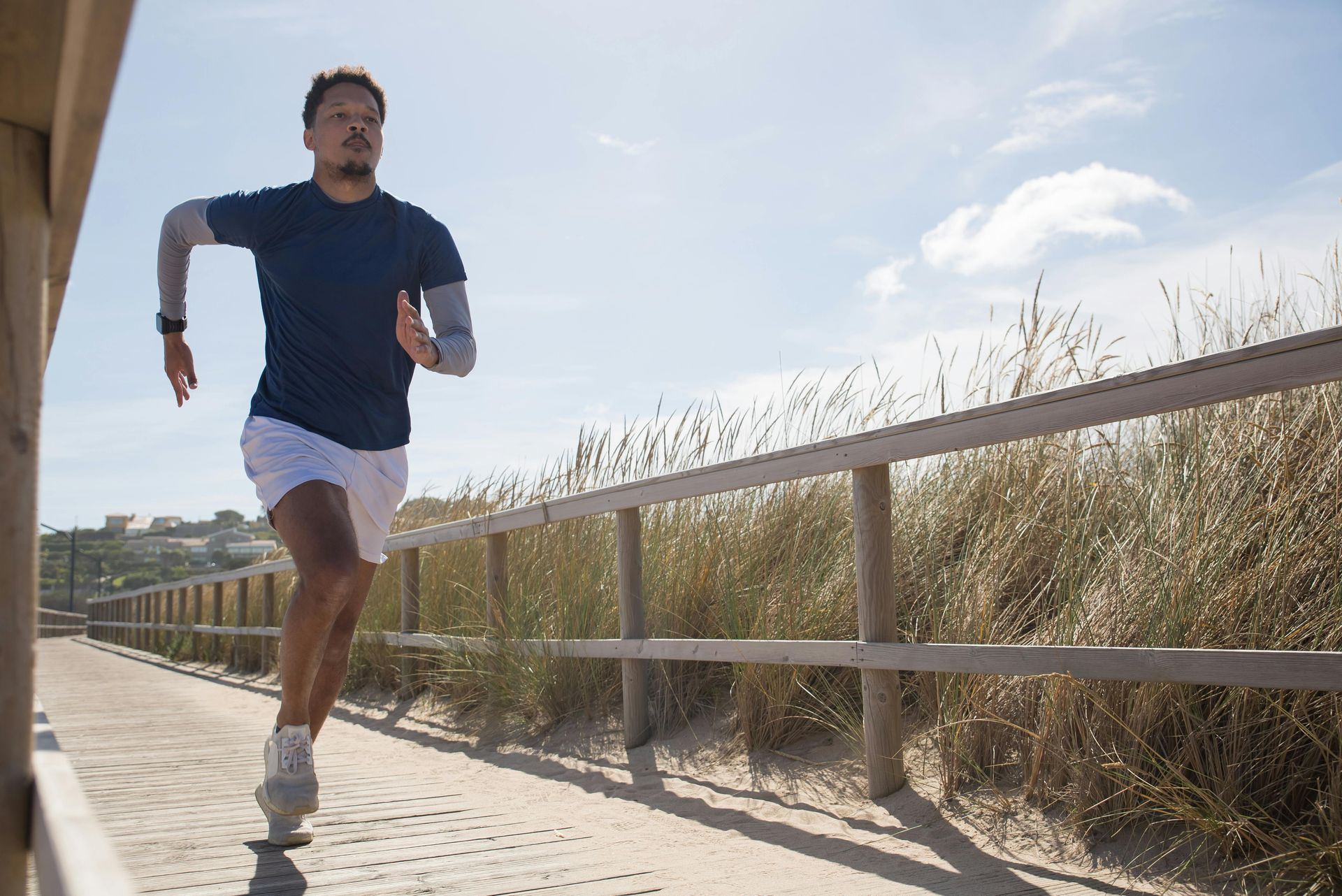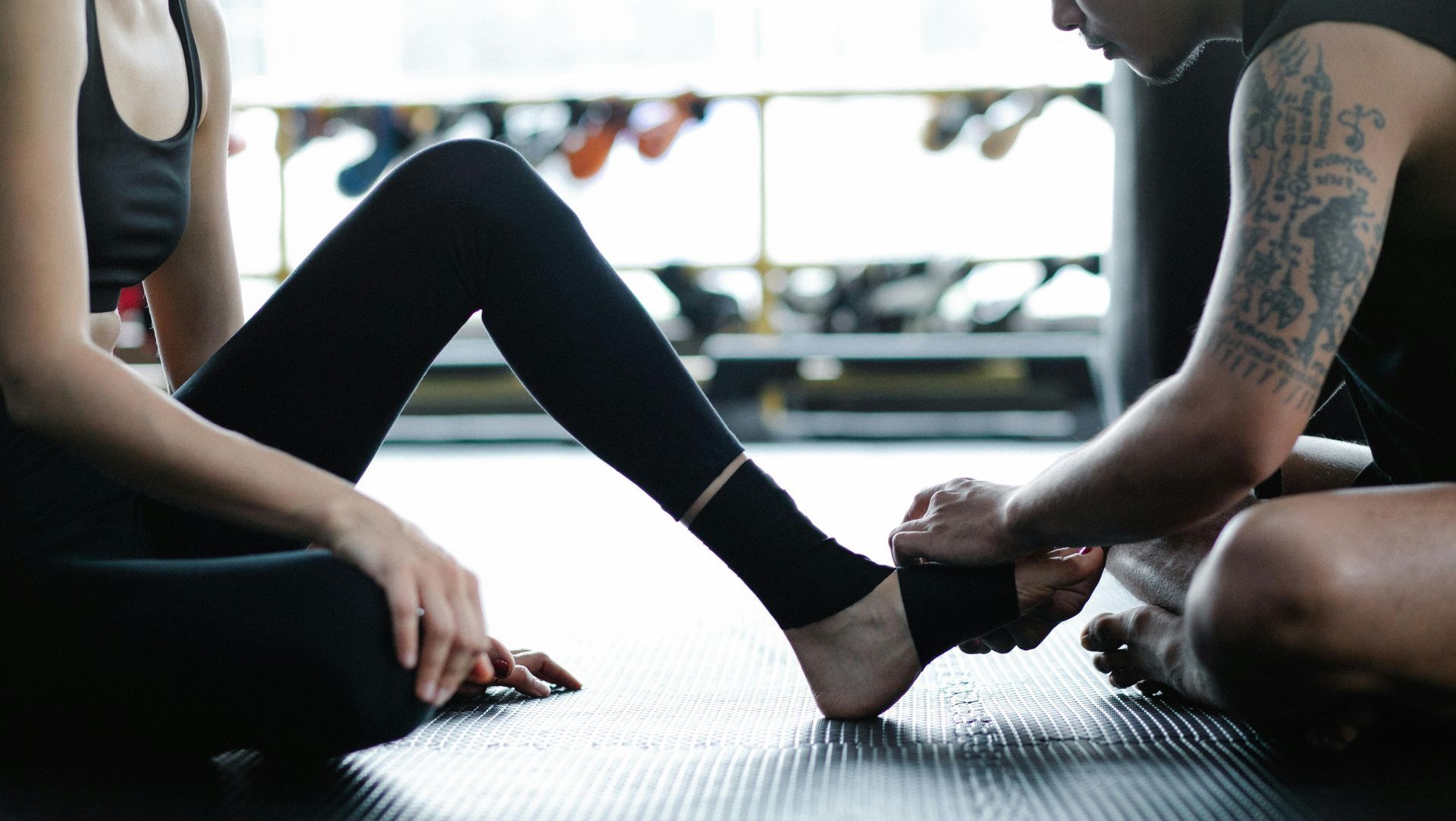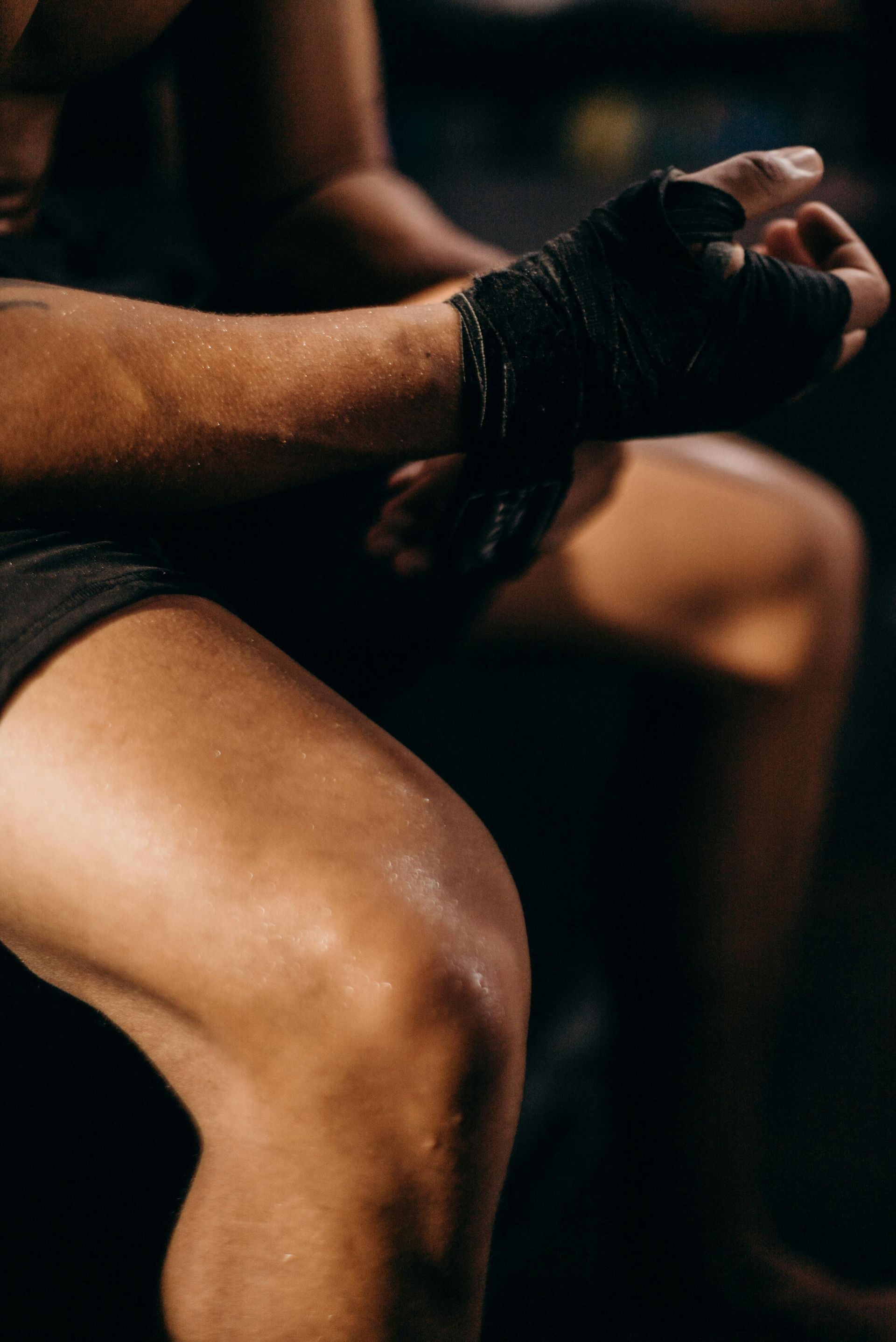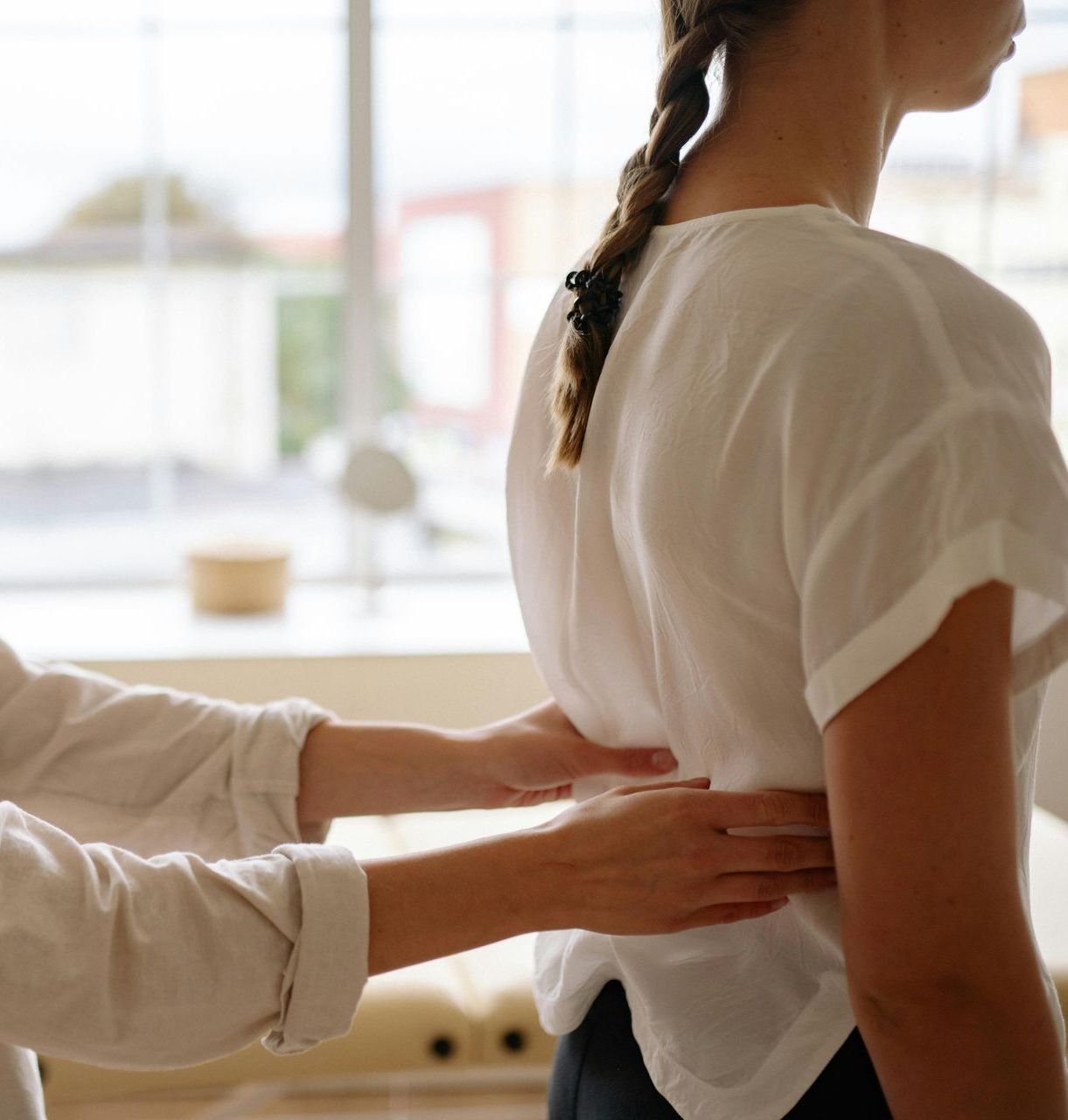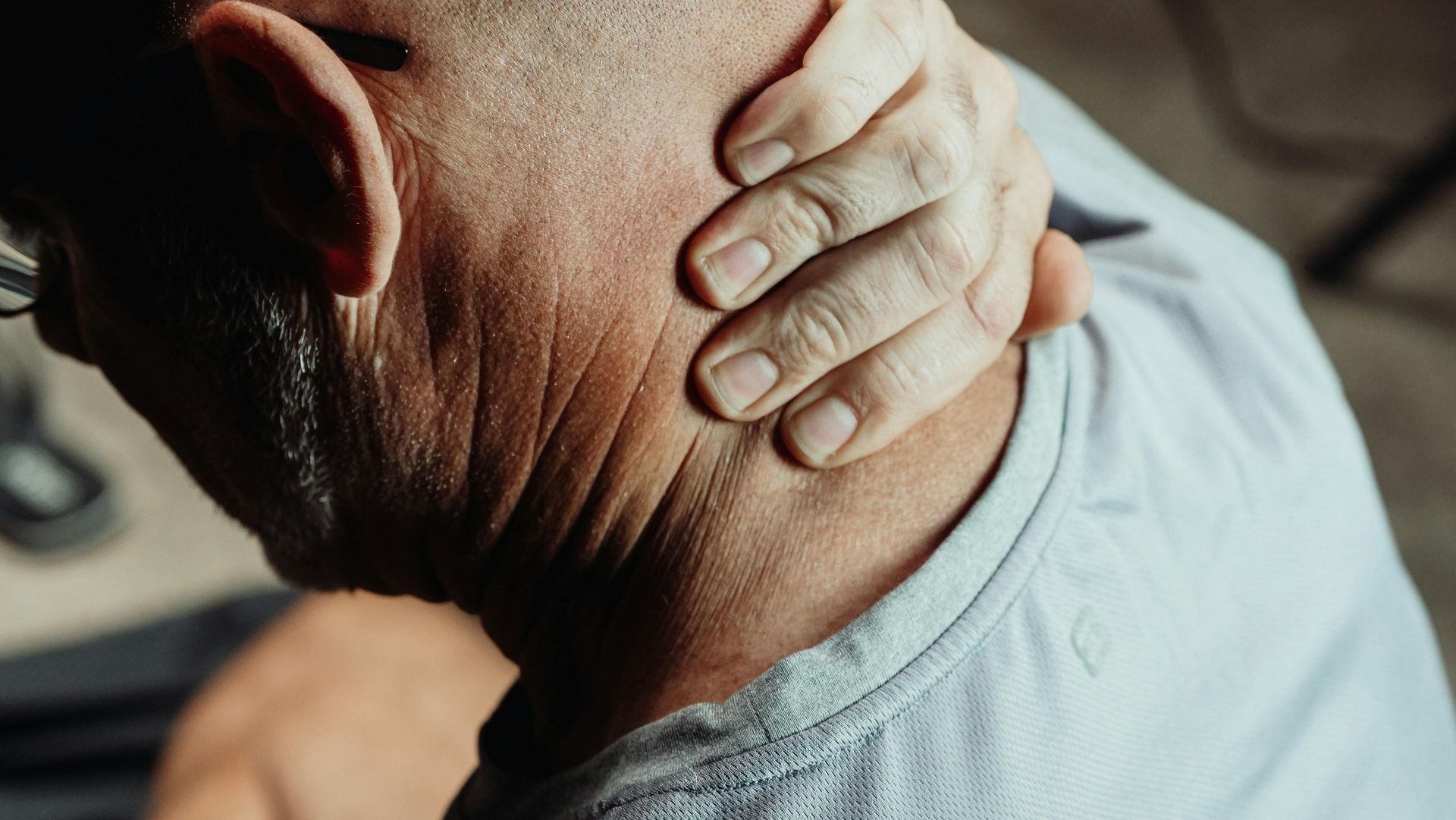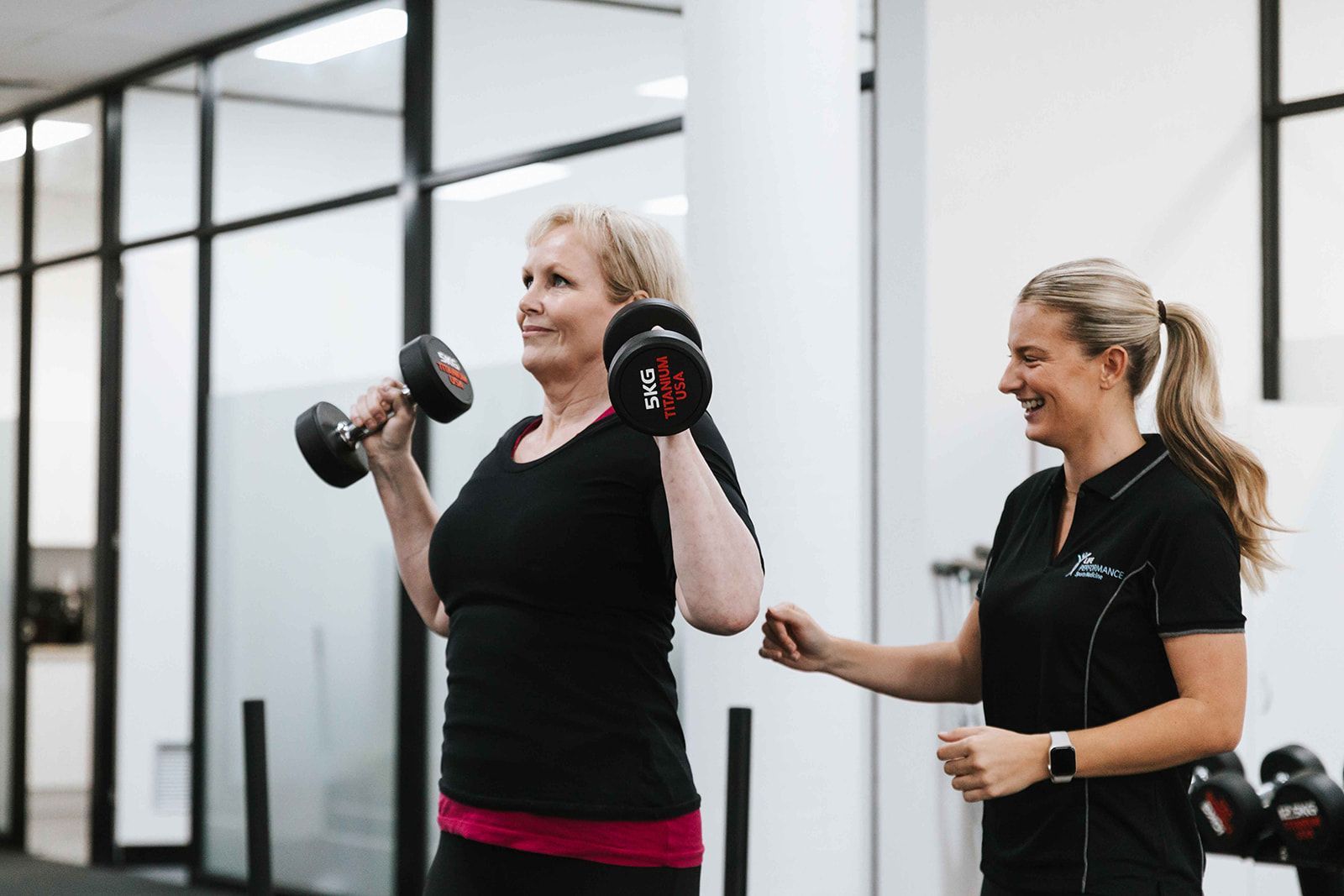When should I change my running shoes?
The answer is not as straightforward as you'd think!
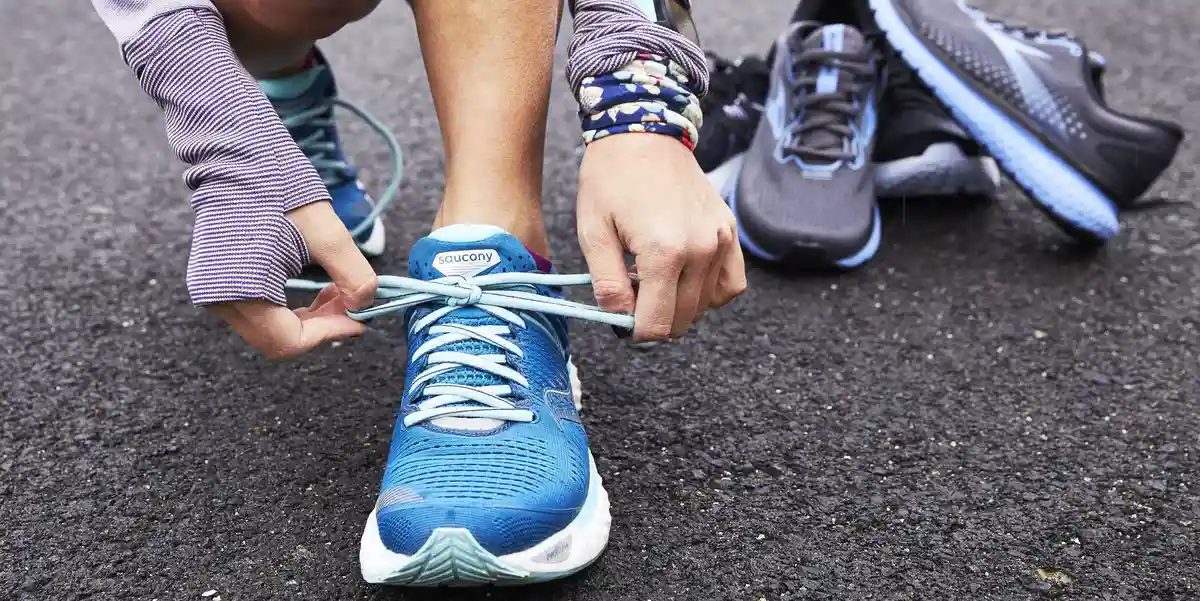
It is one of the most commonly asked questions in clinic, besides "Is Rees the nicest bloke
around?" or "Did John really work at Essendon FC?"
When is it a good time for me to replace my runners?
The short answer is it depends on the individual. Most of us will have a relative that has worn the
same pair of New Balance 624 for years and only replaces them when they are starting to
look a bit shabby. Or we have a friend that needs to replace their runners every couple of
months and is always getting a new pair of shoes.
For most of us there are some things you can consider when thinking about changing your
runners.
Over time, your running shoes lose shock absorption, cushioning, stability, support and in
some cases structure or integrity. These qualities are vital in running shoes to ensure
decreased stress and impact on your legs and joints to help prevent overuse injuries.
Here are some great tips to use when you are wanting to replace your runners:
- Generally a good pair of running shoes will last anywhere from 500 -1000 km. How long they last will depend on a number of factors including the shoe material, running surface, weight and your running style. If you are starting to develop symptoms, then chances are your running shoes are on their way out.
- Pain is generally a fair indicator that something is not quite right. When running we land with nearly four times our body weight, so the significance of effective shock absorption becomes prevalent in avoiding numerous injuries and issues associated with such force.
- Like tyres on a car, the tread has worn. The tread being the part of the shoe that comes in constant contact with the ground– is susceptible to the most damage. This is due to friction caused between your foot and the ground, the soles of the shoe easily wear down over time losing both the shoe’s shock absorption, support and stability – key qualities ensuring a pain-free run.
- You have changed runners that may have fitted perfectly several months ago...but may now be causing you pain in significant areas such as the toes, heel and arch. You could have grown, lost weight, put on weight, fallen pregnant, had surgery, recovering from injury or you have changed where you like to run.
Hopefully these tips have helped, if you are still feeling pain after you have replaced your
runners, perhaps there may be a bigger issue at play. A Podiatry Initial Consultation might be wise if this is the case. If the issue appears to be stemming more from your running technique, then a Podiatry Treadmill assessment might be best for you. If either are the case, please feel free to
reach out either online or 03 9034 7966.
